If you are someone who loves to get in touch with the traditional and cultural aspects of Japan, I hope this blog post will be helpful for you to plan something that’s out of the ordinary for your upcoming or future trip.
In this blog post, I will blog about two heritage sites that I visited for the first time, despite having been to Tokyo countless times now.
But first, I’d like to share with you about Tokyo Metro’s super convenient Wi-Fi service.
Tokyo Metro Wi-Fi Service
If you don’t have a pocket Wi-Fi and do not want a shocking mobile bill from turning on data roaming, be assured that in most major Tokyo Metro stations, there will be free Wi-Fi service!
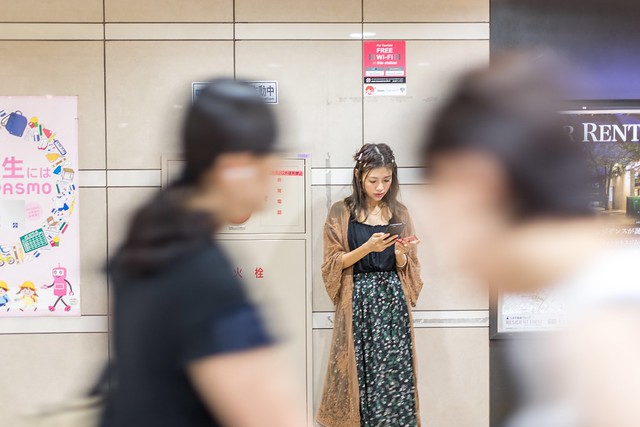
Just turn on your Wi-Fi to search for Tokyo Metro’s Wi-Fi connection.
It’s extremely helpful to have Wi-Fi connection to contact your family or friends who would be meeting you at the station, or when you want to search for travel information.
Remember that free Wi-Fi is available at 210 subway stations in Tokyo! You can also find stations with Free Wi-Fi by using the “Tokyo Subway Navigation for Tourists” app that I have introduced in my earlier post.
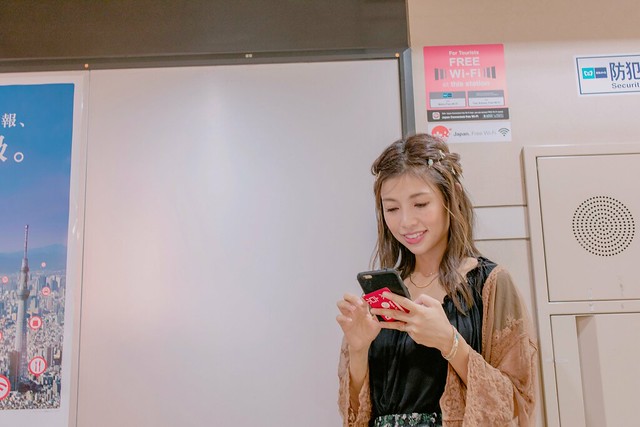
How to connect:
Step 1:
Select the “Metro_Free_Wi-Fi” or “Toei_Subway_Free_Wi-Fi” SSID on your laptop or smart device.
Step 2:
Launch your web browser.
Step 3:
Follow the instructions on the screen (you will be required to register your email address), and you will be connected to the internet. You will be able to use the internet for up to 3 hours each time you log in.
Enjoy and surf away!
Iidabashi Station (T06/Y13/N10/E06)
(8 min walk from Iidabashi Station Exit B2a)
TOKYO DAIJINGU
Shrines are very well-loved by visitors to Japan, especially if you are interested in historical sites or are in touch with spirituality.
The are many shrines in Tokyo, but the most well-known one is none other than the Meiji Shrine, which many of you have probably visited before.
If you are in search of love and romance, Tokyo Daijingu is the shrine that you should not miss. It is famed as the power spot for successful relationships and marriage.
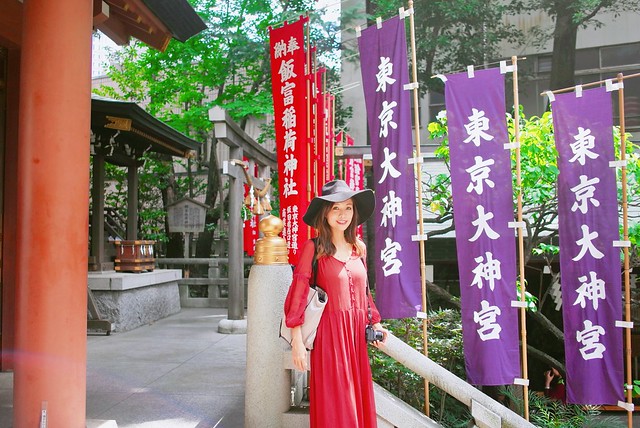
Tokyo Daijingu is affectionately called ‘O-Ise-sama in Tokyo’ because of its enshrined deities, who are also enshrined in the Grand Shrine of Ise – the most sacred shrine in Japan. In the Edo era, the greatest wish for every Japanese was to make a pilgrimage to the Grand Shrine of Ise, and I have finally made mine this past April.
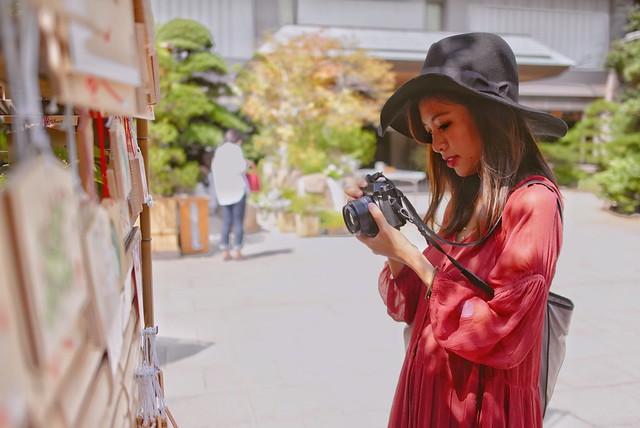
Tokyo Daijingu is also known for being the first one to have established the Shinto wedding ceremony in Japan, which is nowadays widely performed throughout the country.

There are many people who are not sure of the correct etiquette of worshipping, so here I’d like to explain a little:
1.Put a little money into the “saisenbako” (offering box) box. Usually I will put 5 yen, because in Japanese 5 yen reads “go en”, which also means fate, or good luck.
2.Stand in an upright position and clear your mind.
3. Bow deeply twice.
4. Clap your hands twice at the level of your chest. With your hands still together, express your feeling of gratitude and prayers in your mind.
5. Bow deeply once more.

This is “Musubi Fuda”, an amulet for love that separates into two.
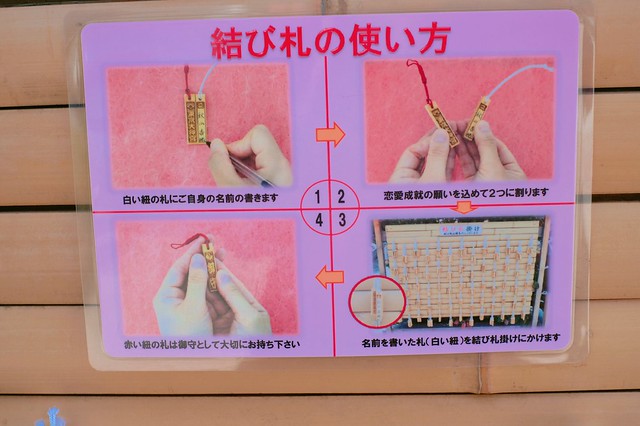
First you write your own name on the one with the white thread, then you make a prayer and break it into two. You keep the amulet with red thread, and hang the one with white thread on the hook like in the previous photo.
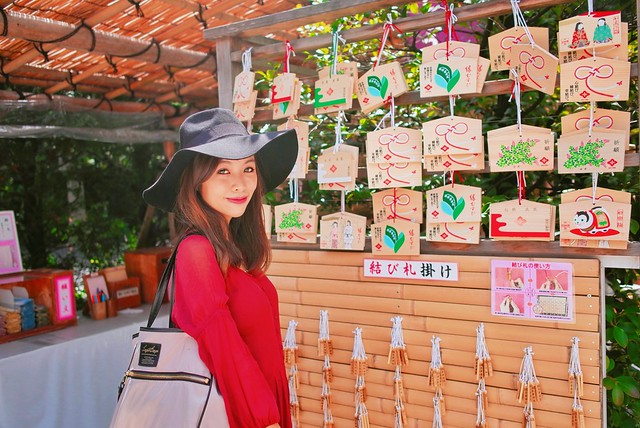
And then, hopefully your wish for love and relationships will come true! ❤︎

There’s also the omikuji – fortune paper draw.
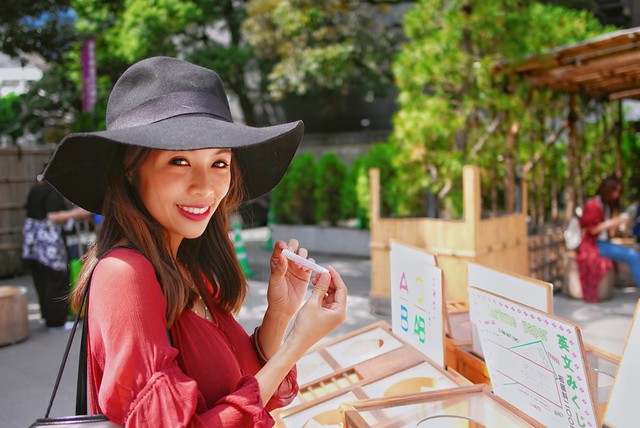
There’s even an English version!!

For 200 yen, you can draw a paper and read your luck.
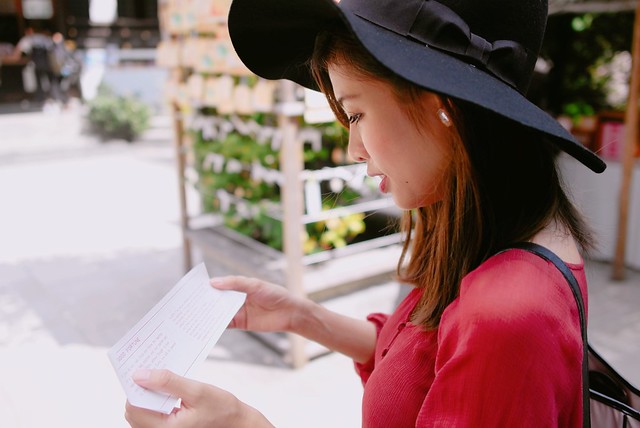
I got “Good Luck”!! And I think it said that I should listen more to my husband, hahaha.

I always buy an “omamori” (lucky charm) every time I visit a shrine. They have many different types, some for health, some for academic success, there are even charms for traffic safety and travel safety, if you are always on the go. Of course, there are charms for love and relationships. You may refer to their website for all the different amulets and charms they have!

I got a few for my family (I actually forgot to get one for myself haha). The children omamori is a collaboration with Mikihouse for cheesiepetits, a good luck charm for the danna and one for health for my mom.
Google Map Route:
Komagome (N14)
(7 min walk from Komagome Station Exit 2)
RIKUGIEN (六義園)
When it comes to parks or gardens, most of you know Yoyogi Park, Ueno Park and Shinjuku Gyoen national garden.
Rikugien, located in a quiet residential area of northern Tokyo, is often considered one of Tokyo’s most beautiful Japanese landscape gardens.

Rikugien literally means “six poems garden” and reproduces in miniature 88 scenes from famous poems. It was constructed in 1702 by Yanagisawa Yoshiyasu, an official of the shogunate during the Edo Period, who loved waka (Japanese poems), and decided to use the land to create a beautiful garden like those described in these poems.

It’s known for its beautiful weeping cherry sakura and autumn leaves, but during my visit in late summer time, it was beautifully lush and almost dream-like too. It is said that the best time to visit Rikugien is in autumn when the numerous maple trees turn the garden into one of Tokyo’s best autumn color spots, typically around end November to early December.

You can take a small parasol from the entrance during a sunny day, and return it when you exit.

The garden has been renovated over the centuries and I could see how much effort they are putting in maintaining this precious cultural heritage from Edo’s era.

I would definitely recommend visiting Rikugien if you are someone who enjoys a few moments of solitude in a city where that is not easy to come by.

It may sound a little spiritual to you, but I really felt that taking a stroll in the garden had helped me clear my mind and purified my senses.
The best part of Rikugien is that unlike other more popular metropolitan parks, this huge garden doesn’t seem to attract huge crowds, which means visitors can truly take in each scenery slowly at their own pace and enjoy it to the fullest.

There’s a small lovely tea house called the Fukiage Chaya by the lake where you could take a small break if you are tired of strolling.

They serve a tea set for 510 yen, which includes a bowl of matcha and a small Japanese sweet.

In summer time, there’s also the ice matcha version, which I ordered.

The wagashi (Japanese sweet) was so cute!!

Don’t you love the little bunny on this delectable sweet?
Google Map Route:
That’s all for today!
For the next post, I will be sharing my kimono wearing and glass-carving experience in Tokyo! Stay tuned!
For more info on Tokyo Metro, check out:















oh wow, i’m earlier than CHARMAINE NG xD
okayy this is really funny! XDDD
hahaha ^^
My parents always buy an omamori whenever they visit a site! And they always buy one back for me… T_T
–
Charmaine Ng | Architecture & Lifestyle Blog
http://charmainenyw.com
I saw a legato largo bag (i think) on the tokyo daijingu pictures. Please do a review of the bag because i am so tempted to get one since they have 10 pockets
Thanks 🙂 Ah, I don’t think I’d do a review, but I really love it. I like the backpack too 🙂
What do you do with the omamori you bought after a year?
You are supposed to return it to the same shrine but I always keep them with me 🙂